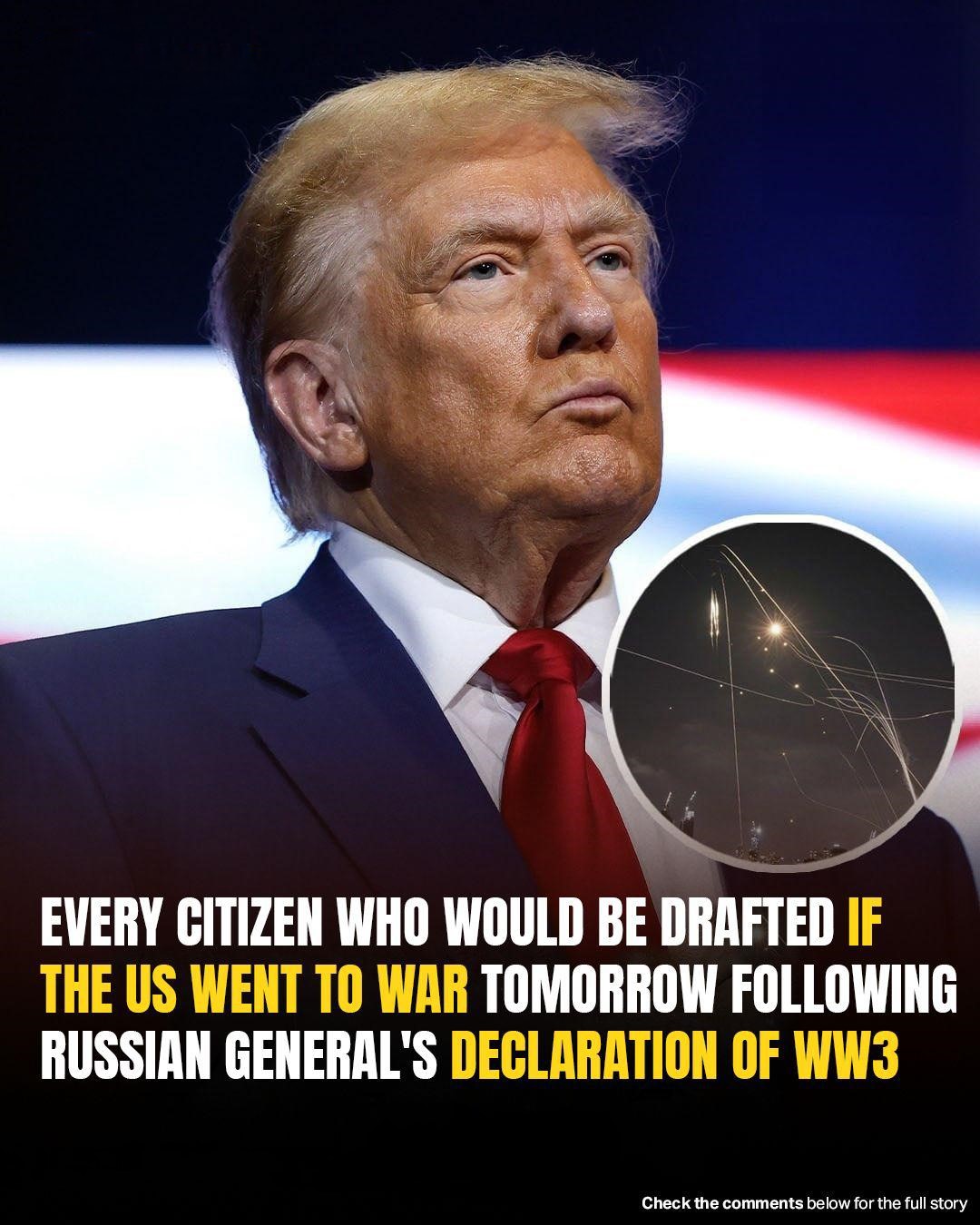Selected registrants would report to Military Entrance Processing Stations (MEPS) for evaluations that include medical exams, vision and hearing tests, psychological screenings, and background checks. Not all draftees would be sent to basic training; many could receive deferments or exemptions for health, family, or educational reasons. Historically, over 40% of those called for service were ultimately excused.
The draft also includes provisions for conscientious objectors—individuals who oppose combat on moral or religious grounds. These individuals may be assigned to civilian service or non-combat military roles such as administrative or logistical positions. Additionally, some draftees could volunteer for specific roles, allowing them greater control over their assignments, often in support capacities like communications or mechanics.
Though the Selective Service System is prepared to activate if necessary, it’s important to recognize that the current U.S. military is a professional, all-volunteer force. Any future draft would likely target a limited number of individuals based on critical needs.
Most Americans under 50 have never experienced a draft, so understanding of the process is limited. However, the existing legal framework ensures that if conscription is reinstated, it will follow clear procedures, with well-defined eligibility rules and options for exemptions or alternative service.
In uncertain times, the draft remains a contingency plan—carefully maintained but unlikely to be used without significant national necessity. Its existence highlights the balance between national security responsibilities and individual freedoms in today’s complex world.

